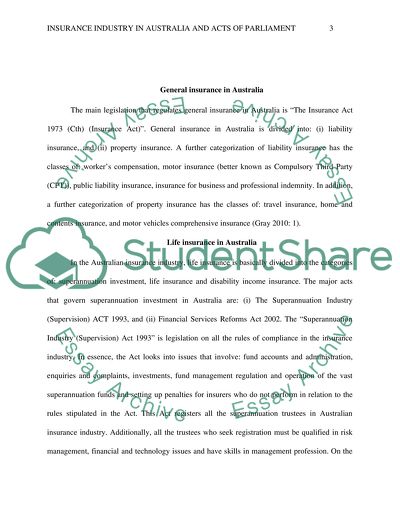Cite this document
(“Insurance Industry in Australia and Acts of Parliament Essay”, n.d.)
Insurance Industry in Australia and Acts of Parliament Essay. Retrieved from https://studentshare.org/finance-accounting/1455310-insurance-industry-in-australia-is-regulated-by
Insurance Industry in Australia and Acts of Parliament Essay. Retrieved from https://studentshare.org/finance-accounting/1455310-insurance-industry-in-australia-is-regulated-by
(Insurance Industry in Australia and Acts of Parliament Essay)
Insurance Industry in Australia and Acts of Parliament Essay. https://studentshare.org/finance-accounting/1455310-insurance-industry-in-australia-is-regulated-by.
Insurance Industry in Australia and Acts of Parliament Essay. https://studentshare.org/finance-accounting/1455310-insurance-industry-in-australia-is-regulated-by.
“Insurance Industry in Australia and Acts of Parliament Essay”, n.d. https://studentshare.org/finance-accounting/1455310-insurance-industry-in-australia-is-regulated-by.


